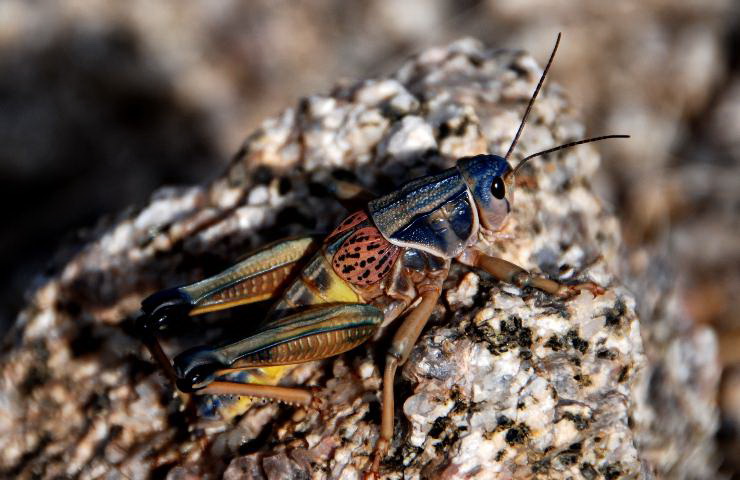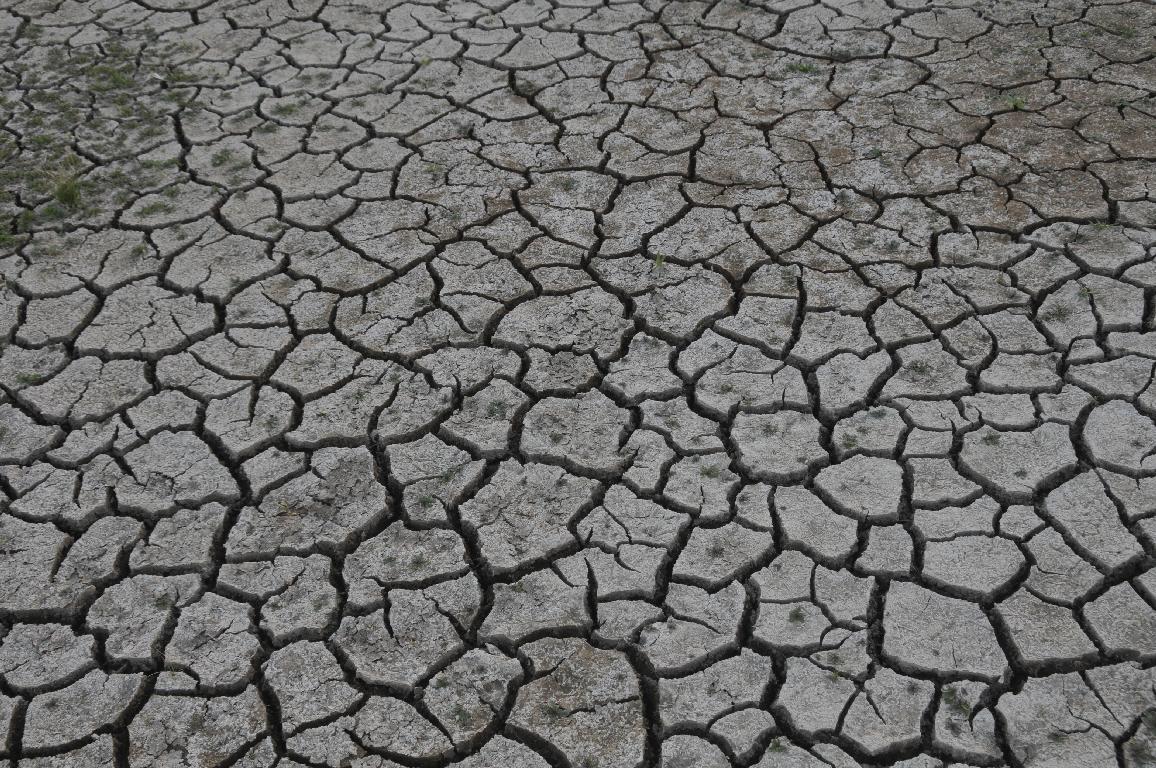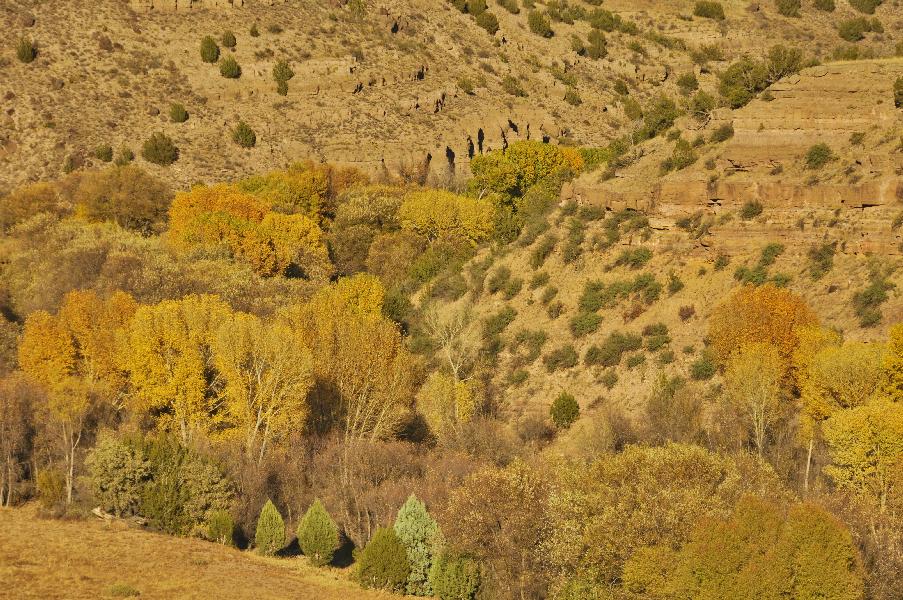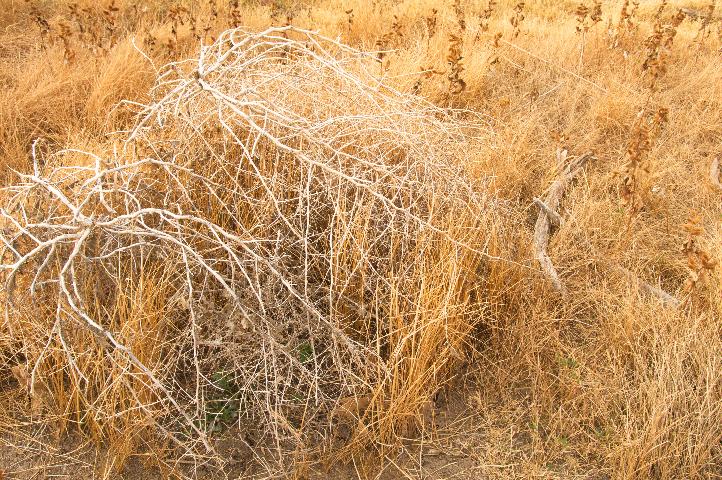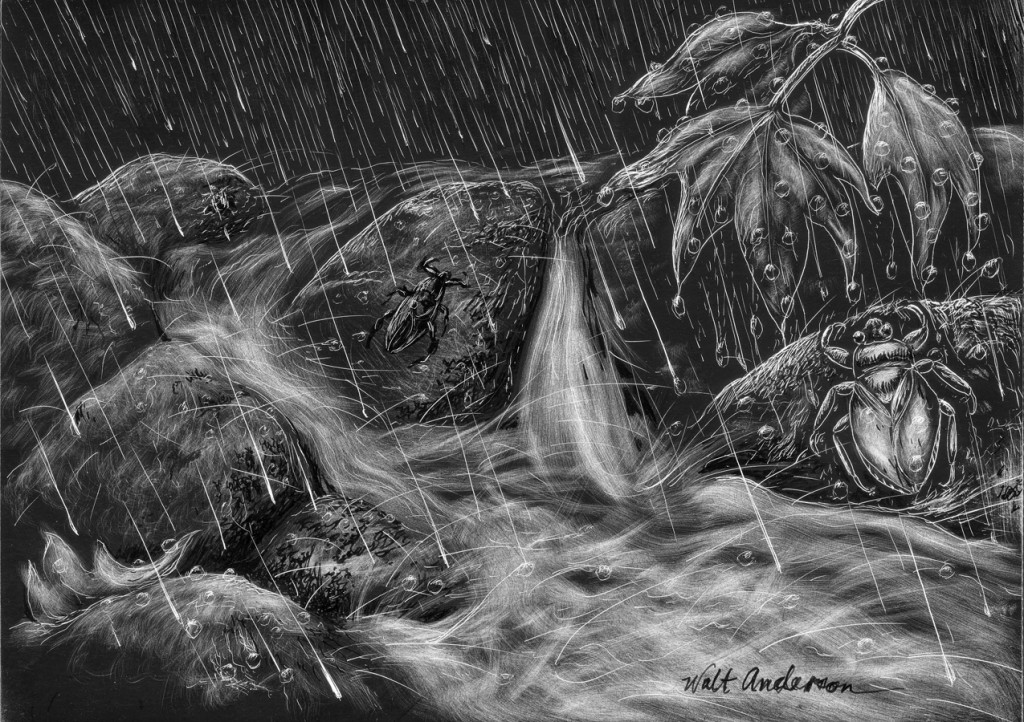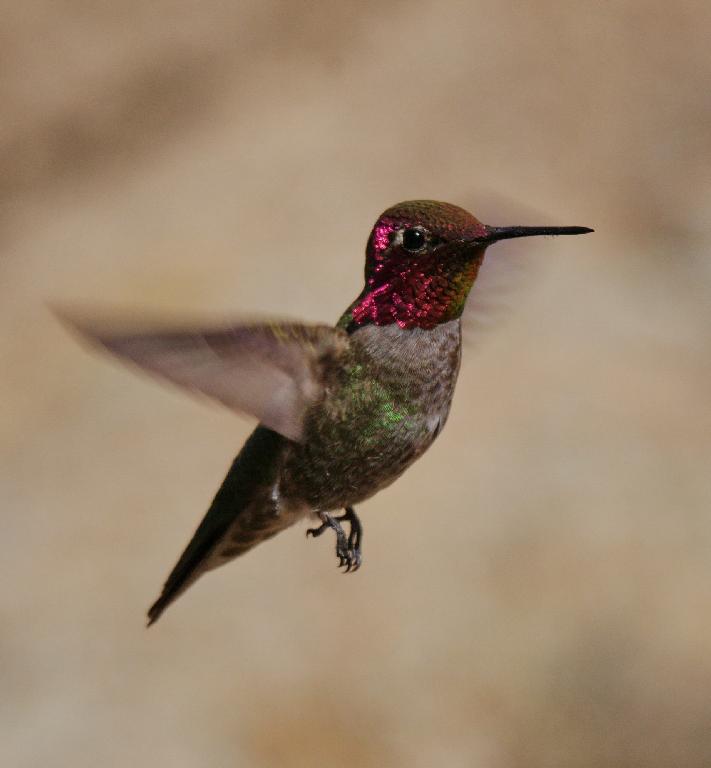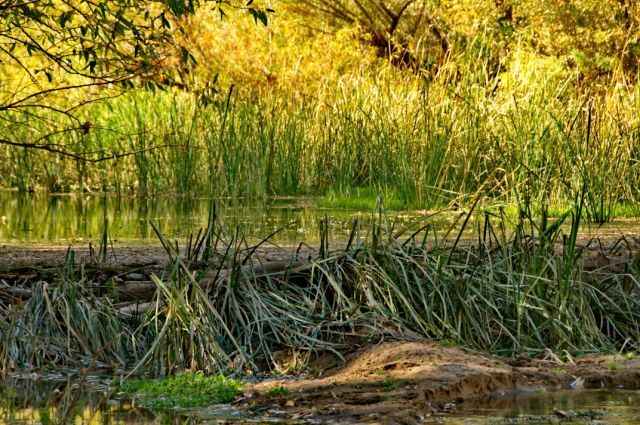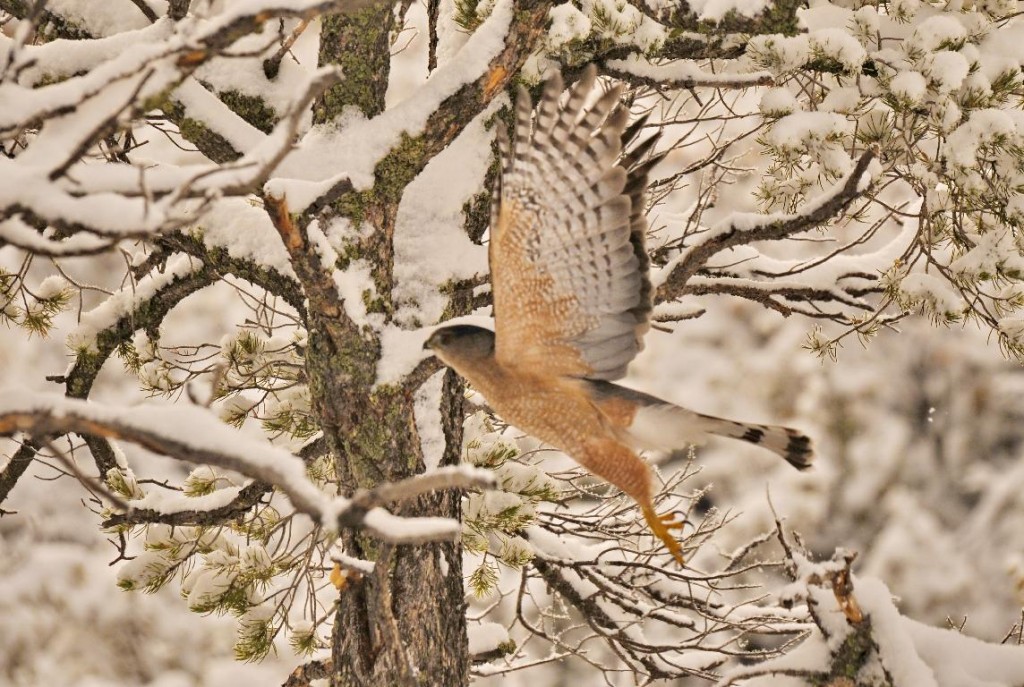You get what you pay for, they say. Today I collected a fortune, with interest, because I paid attention. Continue reading
Tag Archives: Natural History
Thoughts on J. Henri Fabre
Sitting in a burlap blind at the edge of the vast Malheur marsh in SE Oregon, my camera on my lap, I knew I might have hours to wait before some creature appeared within range of my lens. I was new to wildlife photography, but I was aware that constant vigilance was a price the photographer must assume for success. Continue reading
Landscape Lunacy: Chaparral on Fire
29 June 2013. Prescott, Arizona. At Granite Mountain, eleven days after the eruption of the big Doce Fire, the smoke has cleared—mostly. There are still hot pockets (inedible ones) with potential for flames to rise from the ashes and run amok again. Mother Nature teases us with clouds trailing virga—and even a few drops of liquid that reach the ground—but the hot winds accompanying the clouds continue their mischief, and dry lightning ignites new blazes around the county. A microburst (sorry, not an artisan brew) takes down trees in town and starts a fire. The firefighters are still out there at the mountain, and aircraft drone overhead on their missions of attempted control. But for most of us, the adrenalin has subsided; our fears have receded.
30 June 2013. One of those fires started two days ago happened to be in Yarnell, and today it erupted into the disastrous fire that took the lives of 19 members of the Granite Mountain Hotshots, the same folks who fought the Doce Fire and, in the process, saved the sacred ancient juniper that may have watched the comings and goings of wildfire for millennia. I was photographing the aftermath of the Doce Fire when I saw the terrible black cloud rising to the south, so I raced down there and watched from a safe distance as the flames engaged in the chaotic dance of pyrotechnics triggered by an advancing monsoonal cell. I heard and saw the screaming influx of ambulances and feared for the worst—but it was even worse than my greatest fears.
Two major local disasters by fire in Yavapai County within two weeks. Sorrow and grieving for beloved Granite Mountain (clearly personified in the emotions of many) and the brave firefighters dominate discussion.
28 July 2013. Now a month later, our wounds healing with time, we can look at the context of these fires with a bit more rationality—or at least we should. “Don’t mess with Mother Nature” is a common phrase, and it exemplifies our tacit willingness to shift responsibility to a perceived natural deity rather than accepting an obligation to live our lives as informed citizens of Planet Earth. Continue reading
Drought and Dry Humor
A weather forecast of “fair” or “dry and sunny” can get away with a lot. Rain or snow quickly call attention to themselves, but “another sunny day” can hide the cumulative stresses of drought to those of us whose technology provides us with the water and other resources we need. The recent fires remind us how stressed the plants are—ready to burst into flame when provoked.
No one can deny the magic of water. After months of prolonged drought, the plants are so dry that you hesitate to touch them for fear they will disintegrate in your hand. Rub your hand over a patch of moss, and it flakes off like dust. Lizards look parched, desiccated, skeletal. Frogs are nothing but a vague memory. Leaves have dropped from some of the oaks, a necessary sacrifice if they are to make it through the period of stress.
When drought persists for months, you stop expecting rain. Your skin cracks, your nostrils crust with blood, and there is a constant taste of salt on your lips. The sun moves across the sky each day, and the shadows echo its passing. Your own shadow appears less substantial, as if life everywhere has backed off, been reduced to its minimum. Your cracked lips can barely smile at dry humor. Continue reading
When Verde Means Gold
Just as a migratory bird feels an irresistible inner urge teach fall, so do I experience a powerful restlessness satisfied only by ignoring my in-box, pushing aside the endless piles of papers begging to be shuffled, and taking off to some quiet corner of nature when I can embrace the changing of the seasons with full attention.
Autumn hasn’t been waiting for me—the aspens have scattered their yellow coins already up at Mt. Francis, and the maples have displayed their crimson badges at Mingus Mountain without my approval. I am not teaching my Interpreting Nature class this fall, which usually provides me a legitimate excuse to get out there. Thus, if I am not to miss the whole gaudy show of carotenoids, anthocyanins, and other pigments, I have to seize the moment, and yesterday afternoon I did just that. Continue reading
In Defense of Tumbleweeds
Drifting along, like a tumbling tumbleweed. That catchy tune warbled by the Sons of the Pioneers somehow epitomizes nostalgia for the Old West. Never mind that the tumbleweed is a carpetbagger, an interloper, an émigré otherwise known as Russian thistle. I’ve heard tell that the Russkies sent it here as a kind of biological weapon, a plague on our plains, a prickly infestation designed to lay waste to our grasslands, to overwhelm us with its ability to take any of our attacks against it and come back stronger than ever. Where is the real truth here? Continue reading
Where do Toe-biters go when it Rains?
Where Do Toe-biters Go When It Rains?
- Floodbug
Curiosity is a well-known field mark of a naturalist, and I have learned to indulge my curiosity when an opportunity arises. Some years ago, I stayed with friends in the Chiricahua Mountains of SE Arizona, one of the dramatic “sky islands” of the Southwest. Back in the cooler, wetter Pleistocene, the forests marched across the valleys, allowing free commerce for animals and plants among the ranges. As conditions warmed and dried, the forests retreated to higher elevations, trapping survivors on habitat islands. Continue reading
March Madness
No, I am not going to pontificate on the NCAA basketball tournament in progress, though the testosterone-driven excitement around the games certainly parallels the changes that I see in the hummingbirds in my yard. Anna’s Hummingbirds have been chasing each other around like ballistic missiles with hyperdrive all month. When a surprising snowstorm raged through Arizona in the final two days before the vernal equinox, it was shocking to see zipping flashes of hot pink though the snowflakes. When I would replace a feeder of frozen nectar with fresh liquid, the feisty little birds buzzed my head as if annoyed that I was not out there at the crack of dawn with sugary elixir. Patience is not a hummingbird virtue. Continue reading
I’m a Beaver Believer
So often we hear horror stories of environmental degradation. Once in awhile we need to hear the good news, the reversal of misfortune, and I’m here to tell you one such story. The Upper Verde River in Arizona has risen from its deathbed, and the main reason is the return of the beaver after the removal of the cows. Join me along the banks of Granite Creek as I tell my friend Joe about my impressions of the value of beavers in restoring an ecosystem. http://www.youtube.com/watch?v=kTlSKffiSPw&feature=youtu.be.
Aerial Assassin
Dining has its dangers. And I don’t mean indigestion or choking on a bone. I’m talking hazards for the local seed-eating birds—the doves, quail, sparrows, juncos, and finches that check out the seeds that I scatter on the ground each morning.
Winter’s icy chill has descended on this part of Arizona, and recent snow has frozen into a crunchy crust. Little soil is exposed, and even the shrubs continue to bear heavy blobs of snow. These are lean times for seed-eating birds; there is no dietary margin for error. Find enough to eat or die. Continue reading

